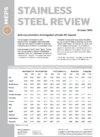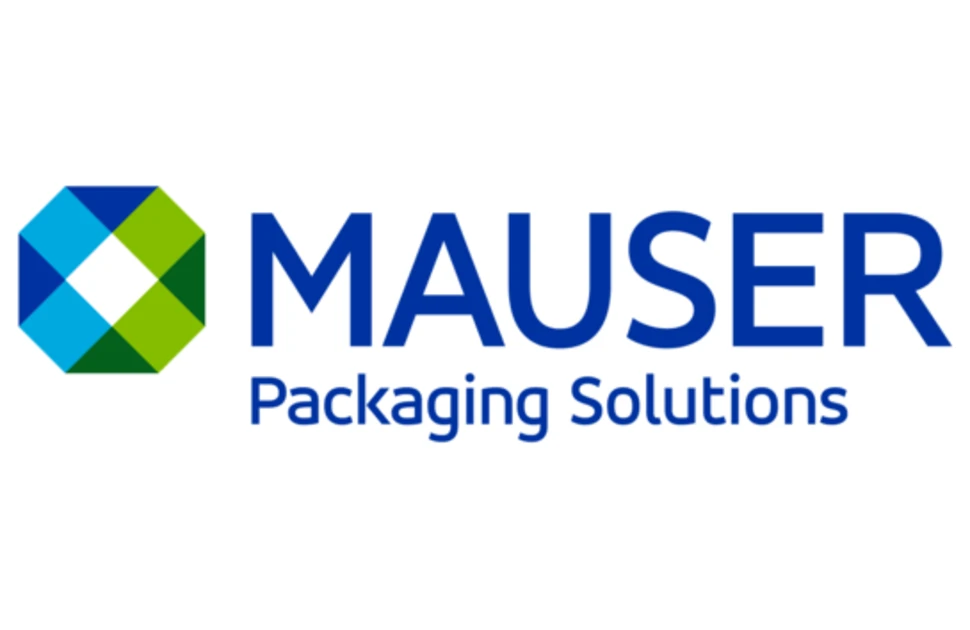CBAM-prompted imports may deepen oversupply in EU
Some European stainless steel buyers expect an influx of material into EU ports towards the end of 2025 as importers attempt to avoid the added administrative and cost burden of CBAM.
The European Commission’s emissions-based Carbon Border Adjustment Mechanism is currently scheduled for a full rollout from January 1, 2026. Under the current plans, registered declarants – those approved by the Commission to import material – will have to report all imports and their carbon content from that date.
They will also have to buy and submit CBAM certificates to reflect the greenhouse gas emissions generated during the production of the goods they bring into the EU. This means they will effectively pay a charge based on the quantity of carbon emitted during the manufacturing process in the country of origin.
Under changes proposed by the Commission in February, the purchase of CBAM certificates would be delayed until February 1, 2027, however. This is part of a package of measures which aim to simplify the process and further smooth a transition period which started in October 2023. Approval of the amendment was expected as the Stainless Steel Review was published.
The need to report stainless steel imports and their emissions will remain, regardless of the amendments’ approval. Consequently, some MEPS respondents anticipate that import volumes will grow in quarter four. However, others highlight that weak demand may mitigate any upturn in imports.
Any increase in third-country shipments would be an unwelcome development for European mills. MEPS respondents say that the use of Indonesian-origin slabs as a basis for coil production, and a reduction of steel scrap prices, may be helping to preserve certain producers’ profit margins. Nonetheless, low selling prices are challenging their profitability.
Inventories are rising, meanwhile, due to a combination of low demand and the loss of export business in the United States, following the implementation of 25% Section 232 import tariffs on March 12. Changes to the EU’s import safeguard measures have done little to reduce imports in recent weeks.
The UK plans to roll out its own CBAM scheme in 2027. The EU and UK have agreed to work towards linking their Emissions Trading Systems, effectively exempting shipments between the two from CBAM’s associated cost and administrative burdens.
Mills under price pressure
The quarter one financial results of Europe’s largest stainless producers indicate that oversupply will continue to apply downward pressure to stainless steel prices.
Acerinox reported a 29% quarter-on-quarter increase in melt shop production, to 512,000 tonnes, from its consolidated operations in Europe and the United States. This came despite an acknowledgement that inventories had increased amid pressure from imports, which have increased their share of the European market to 22%.
Acerinox expects US tariffs to improve the profitability of its US operations. However, chief executive Bernado Velázquez raised concerns that many of the exports that previously ended up in the US, and that have lost competitiveness as a result of the tariffs – including European exports – may now end up in the EU.
Outokumpu’s stainless steel deliveries, in Europe, rose by 10.8% quarter-on-quarter and 5% year-on-year, to 318,000 tonnes, in quarter one. The value of the steelmaker’s sales rose by a lesser 9.8% quarter-on-quarter and 3.4% year-on-year due to reduced selling prices.
Shipments from Aperam’s stainless and electrical steels division rose from 401,000 tonnes to 421,000 tonnes quarter-on-quarter. Nonetheless, its earnings before interest and tax declined by 30% quarter-on-quarter and 67% year-on-year, to EUR34m. The decrease was attributed to “intensive pricing pressure in Europe”.
All three producers forecast a more profitable quarter two. However, Aperam chief executive Timoteo Di Maulo said that reliable projections for the remainder of the year are “challenging in the current volatile environment”.

Source:
Stainless Steel Review
The MEPS Stainless Steel Review is an invaluable monthly guide to international stainless steel prices and includes the latest global stainless steel industry analysis.
Go to productRequest a free publication





